ARCH History 2315 Exam 4 Review(2025 TTU)
1/25
There's no tags or description
Looks like no tags are added yet.
Name | Mastery | Learn | Test | Matching | Spaced |
|---|
No study sessions yet.
26 Terms
Chiswick House
1725
near London
Lord Burlington
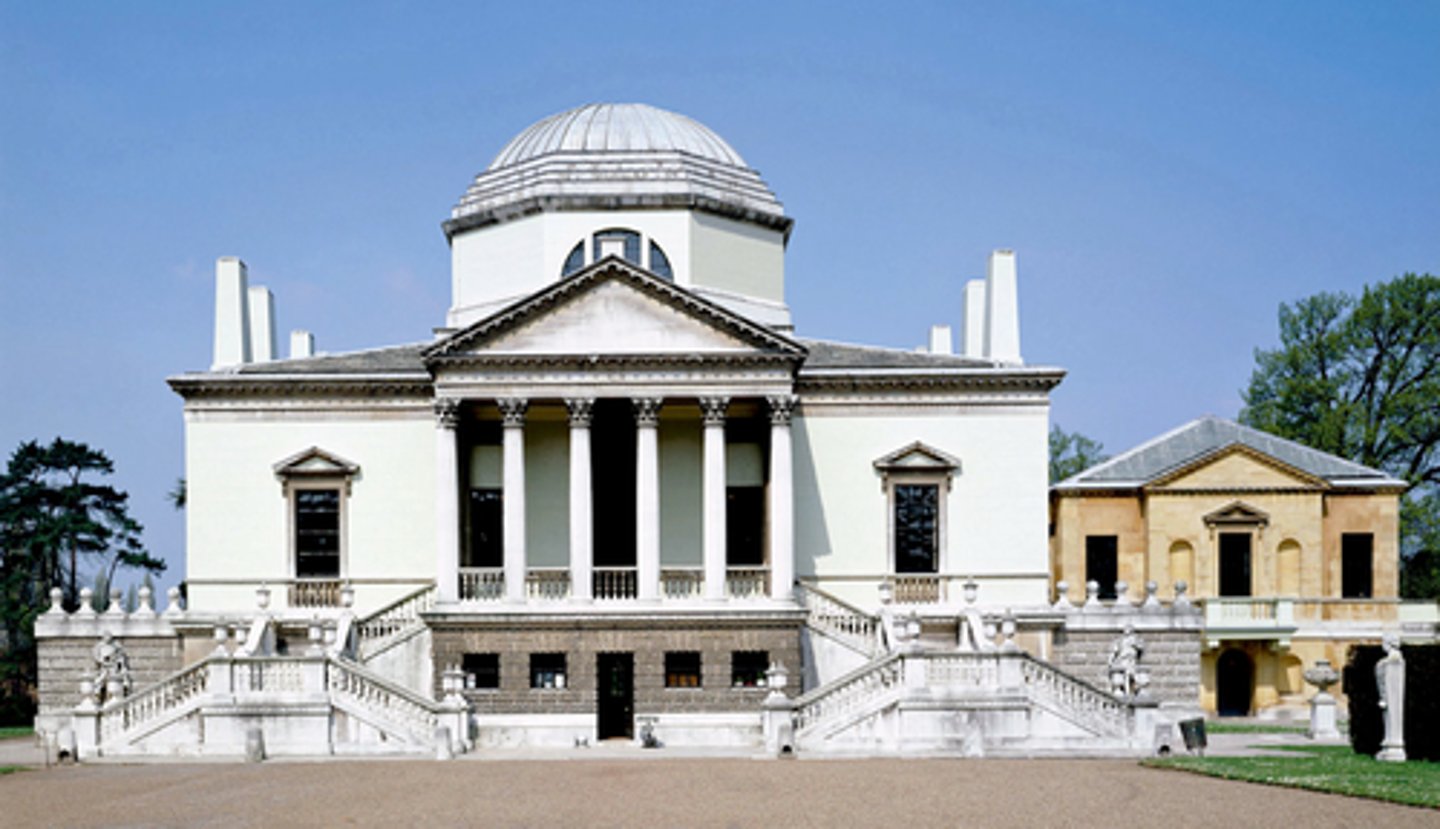
Mount Airy
1755
Richmond County, Virginia
John Arris, master builder
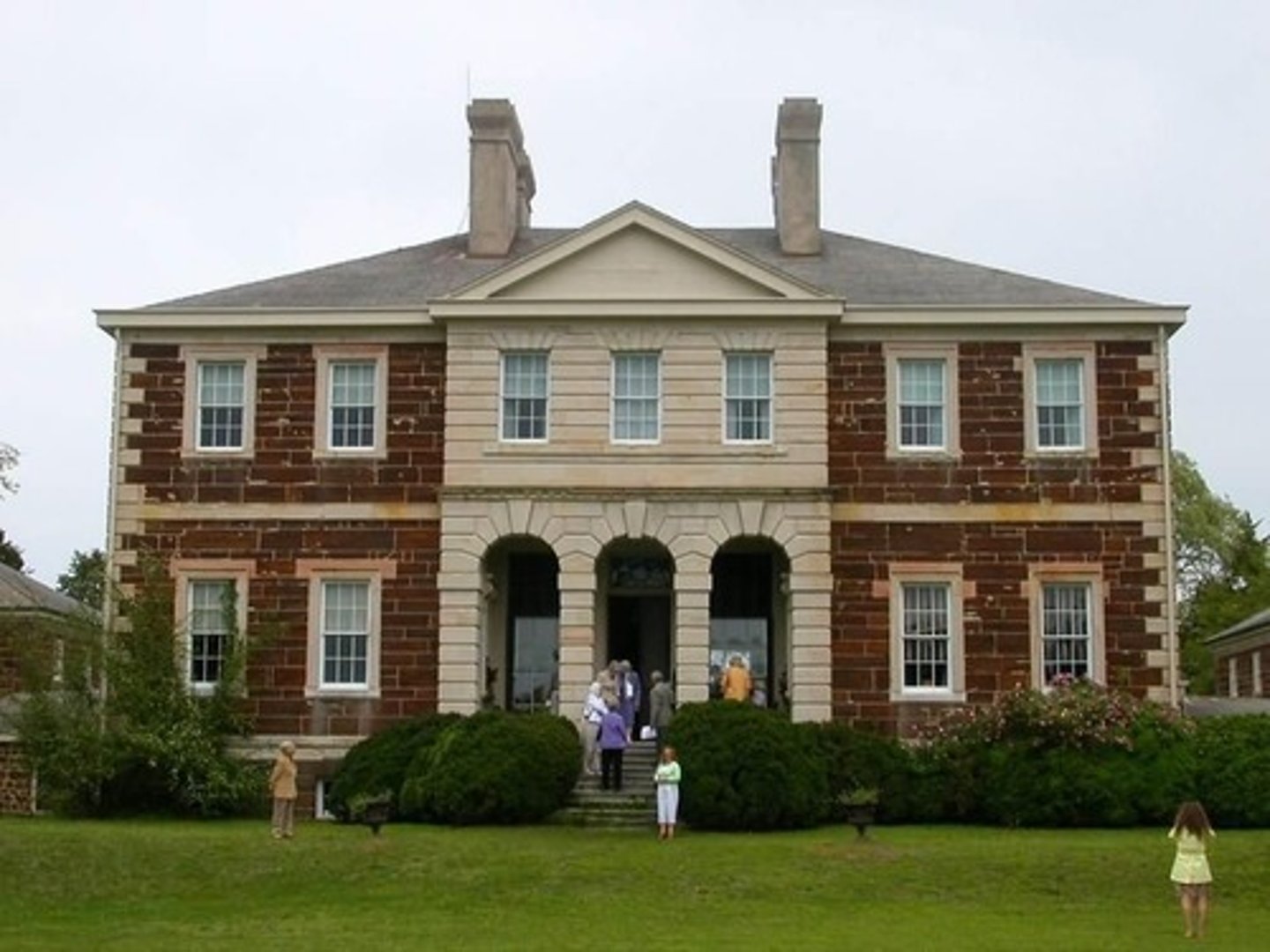
Mount Vernon Plantation
1774-87
George Washington, using pattern books and his own drawings
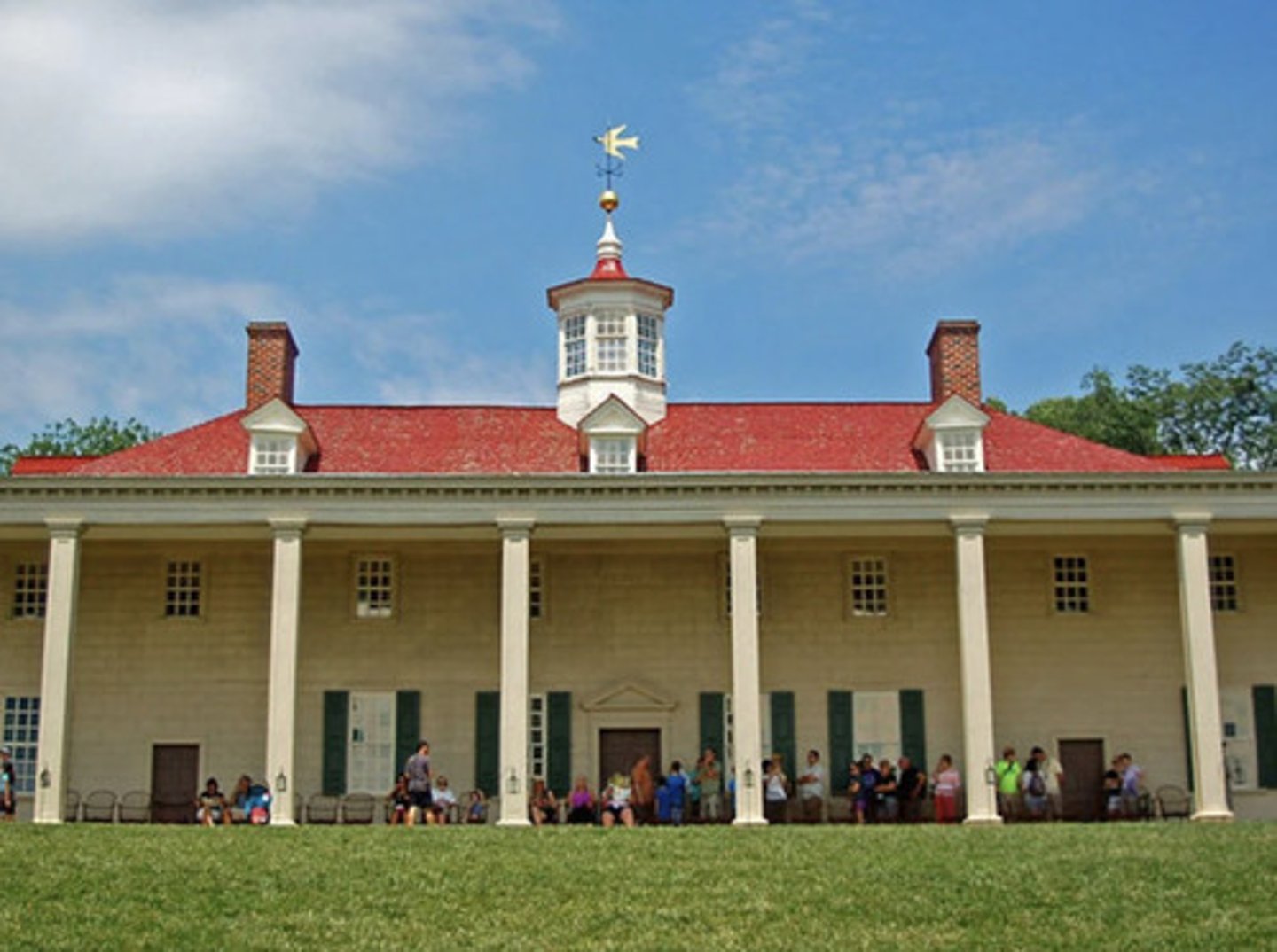
Stourhead Gardens
Wiltshire, England
1750
Henry Hoare II
Example of reciprocal views
What is this and what is is an example of?
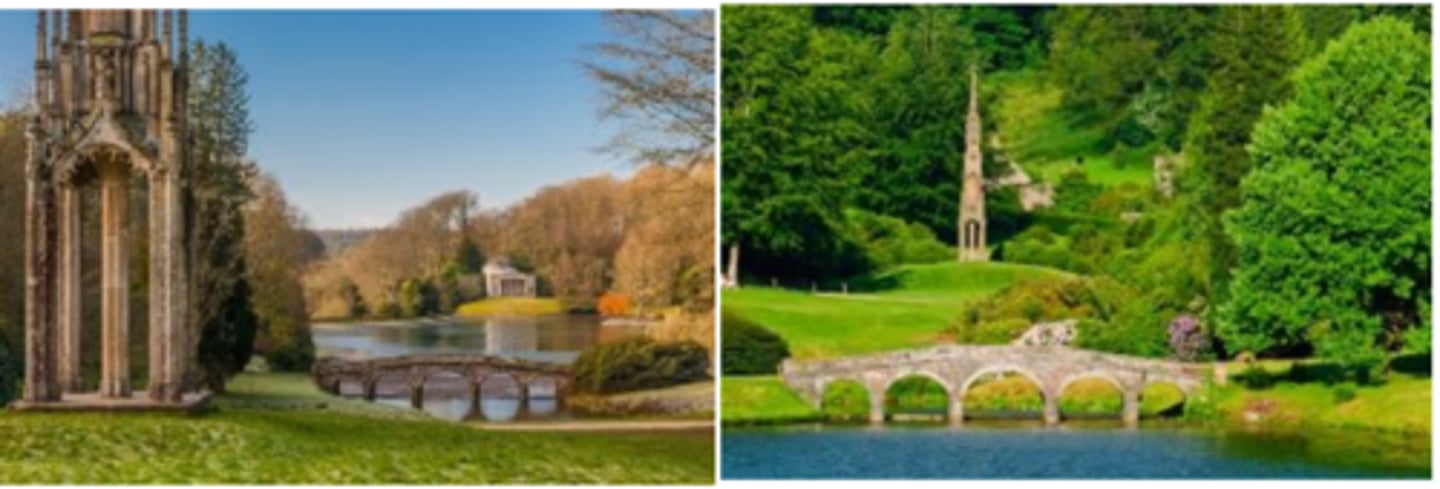
Africa House
Melrose Plantation
Louisiana
c. 1830
Example of African influence in plantation architecture
What is this and what is is an example of?
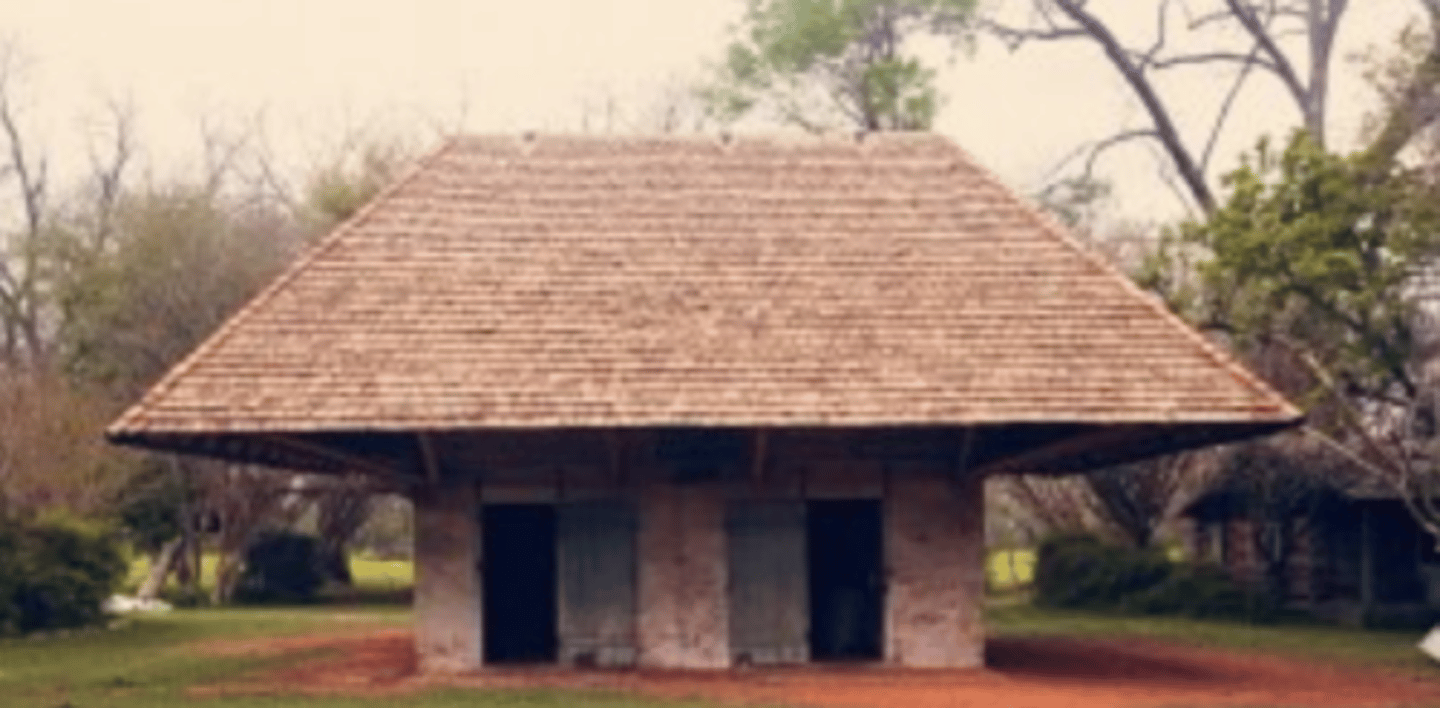
Slave houses
Mulberry Plantation
Berkeley County, South Carolina
c. 1750
Example of African influence in plantation architecture
What is this and what is is an example of?
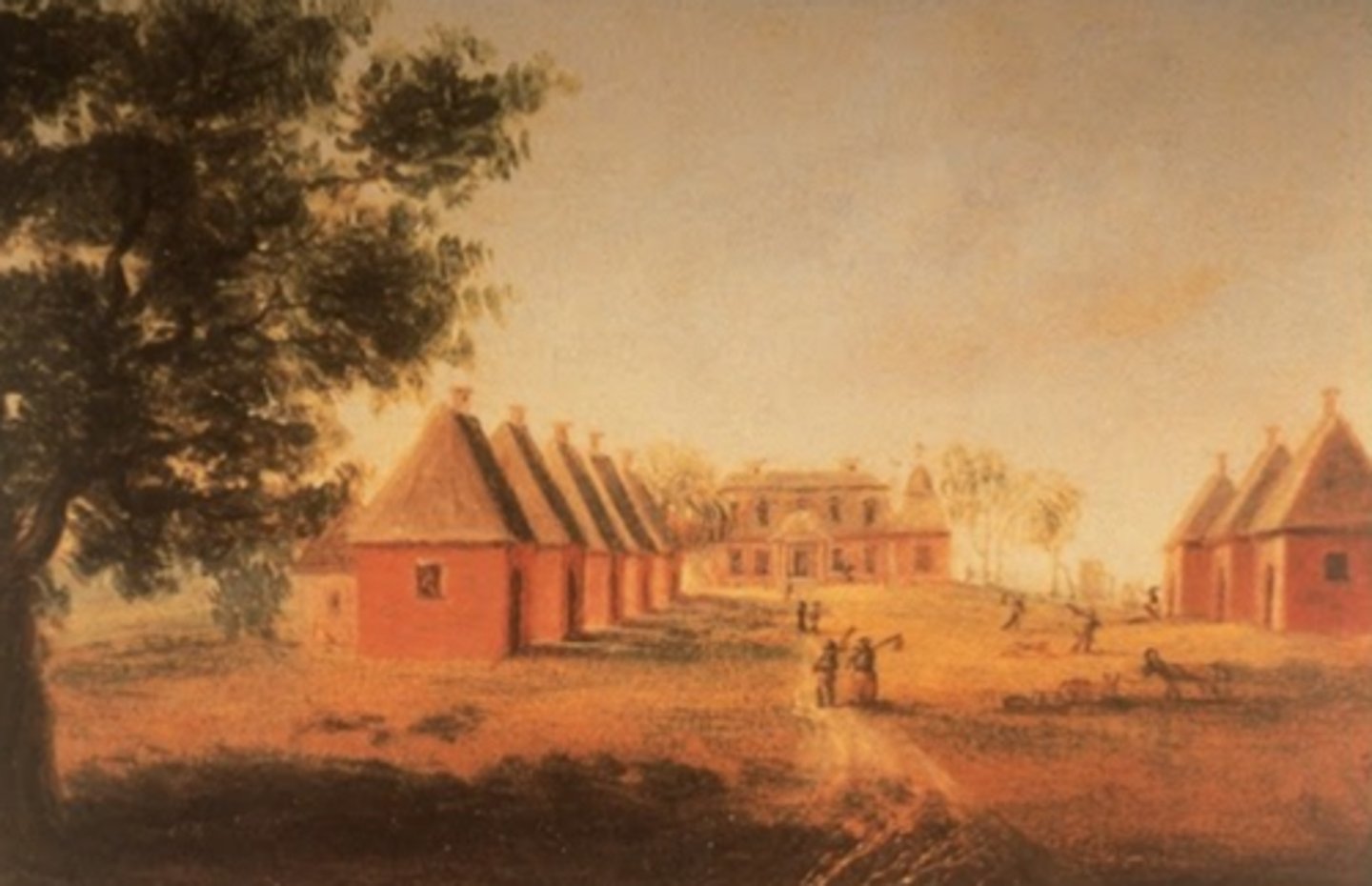
Slave houses
Magnolia Plantation
Charleston County, South Carolina
c. 1850
Example of two-family type of slave quarter
What is this and what is is an example of?
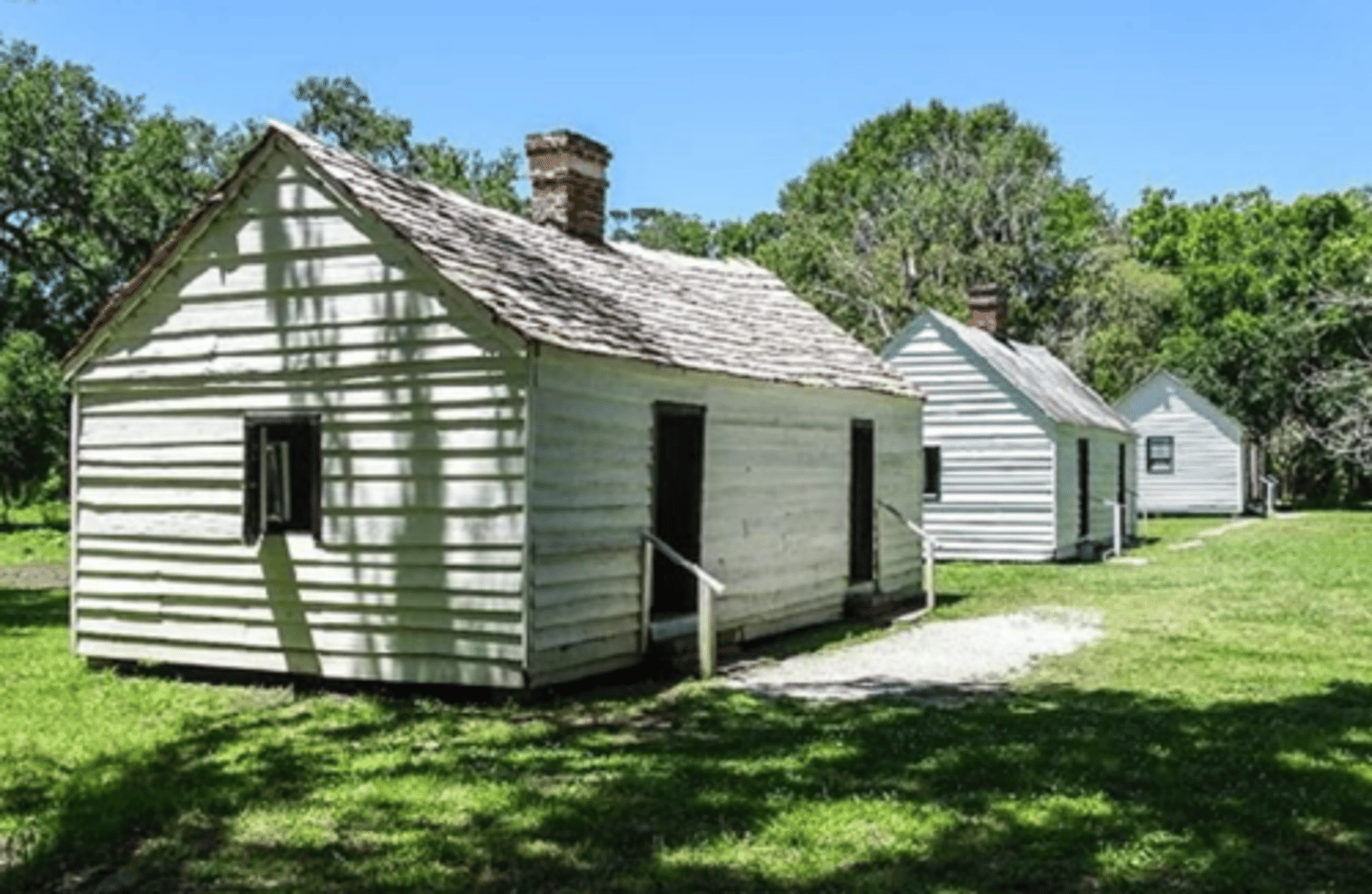
Reconstructed slave quarters, Carters Grove
Plantation,
Williamsburg Virginia
c. 1740
Example of a barracks type of quarter,
What is this and what is is an example of?
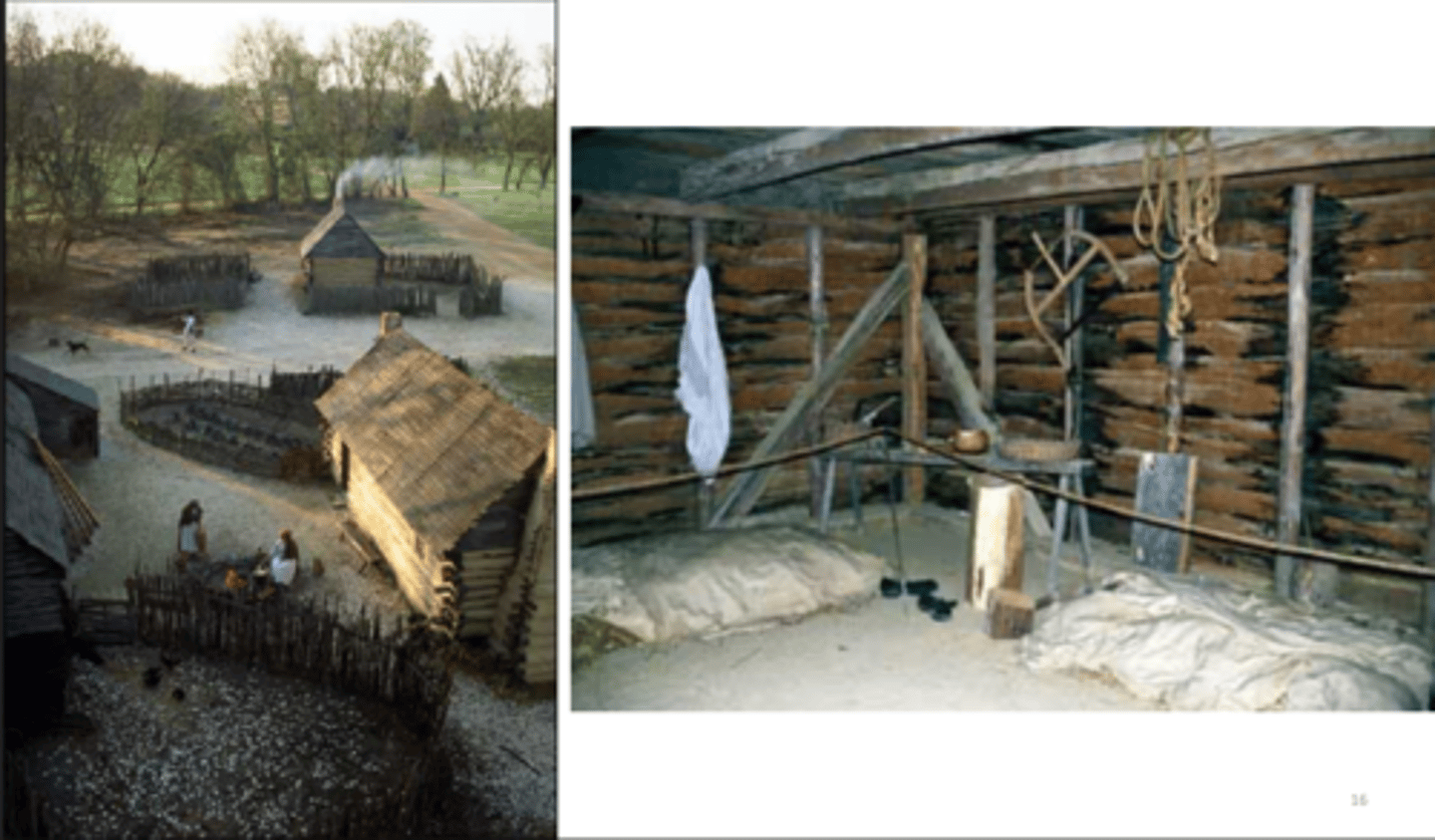
Slave Quarters,
c. 1840
McLeod Plantation
Charleston, SC
Example of single-family slave quarter
What is this and what is is an example of?

Virginia State Capitol
1785
Richmond, VA
Thomas Jefferson
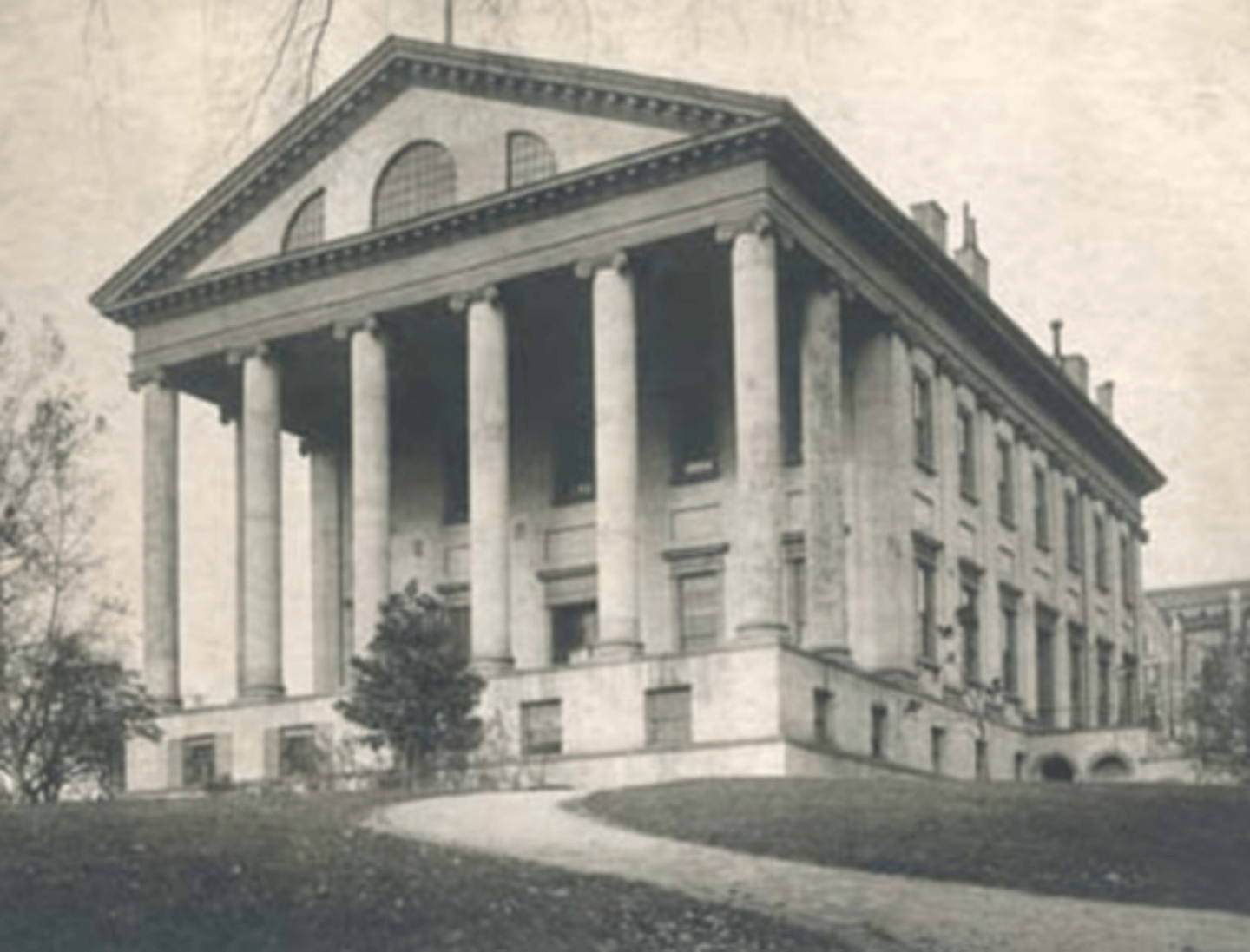
Monticello
1775-1826
Charlottesville, VA
Thomas Jefferson
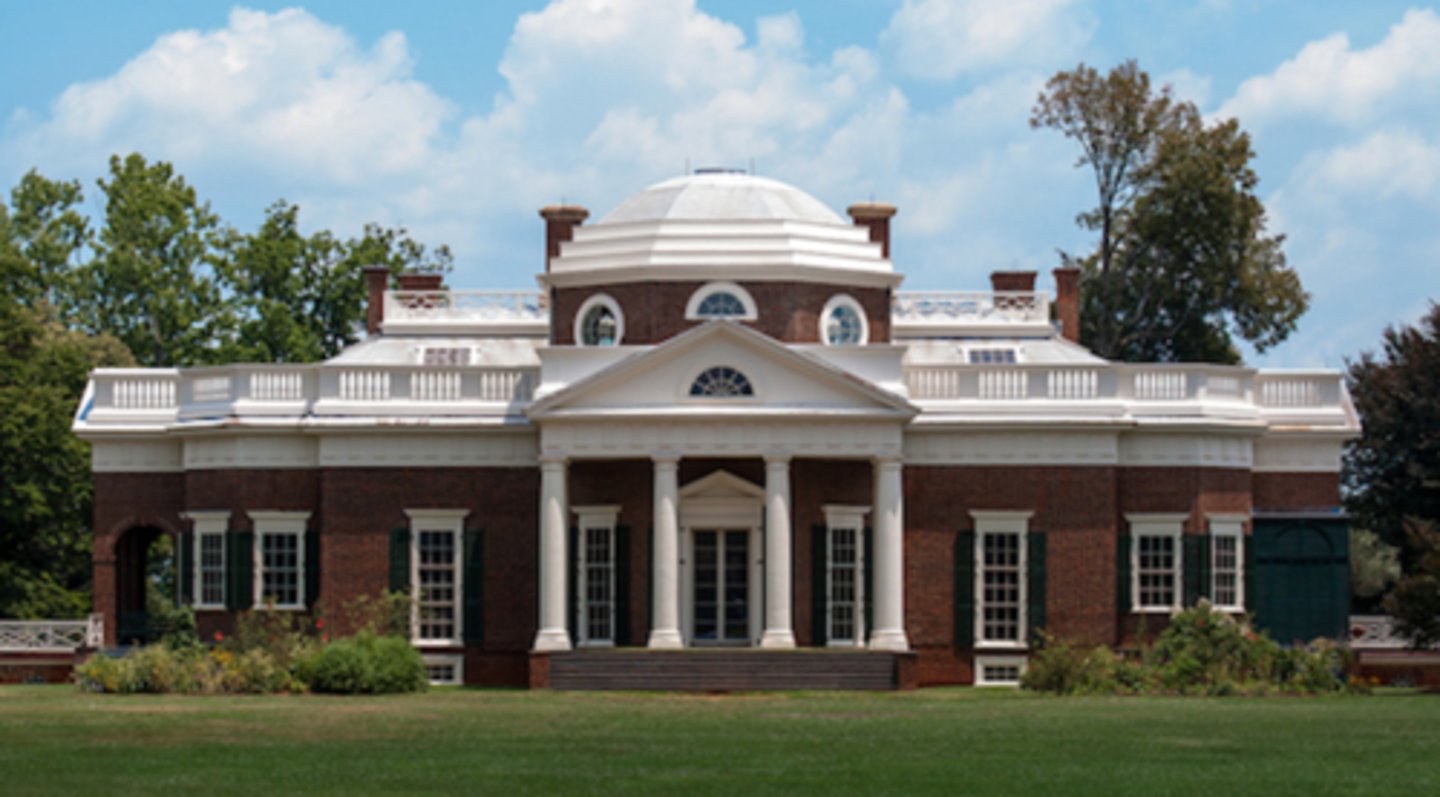
Rotunda, University of Virginia
1818
Charlottesville, VA
Thomas Jefferson
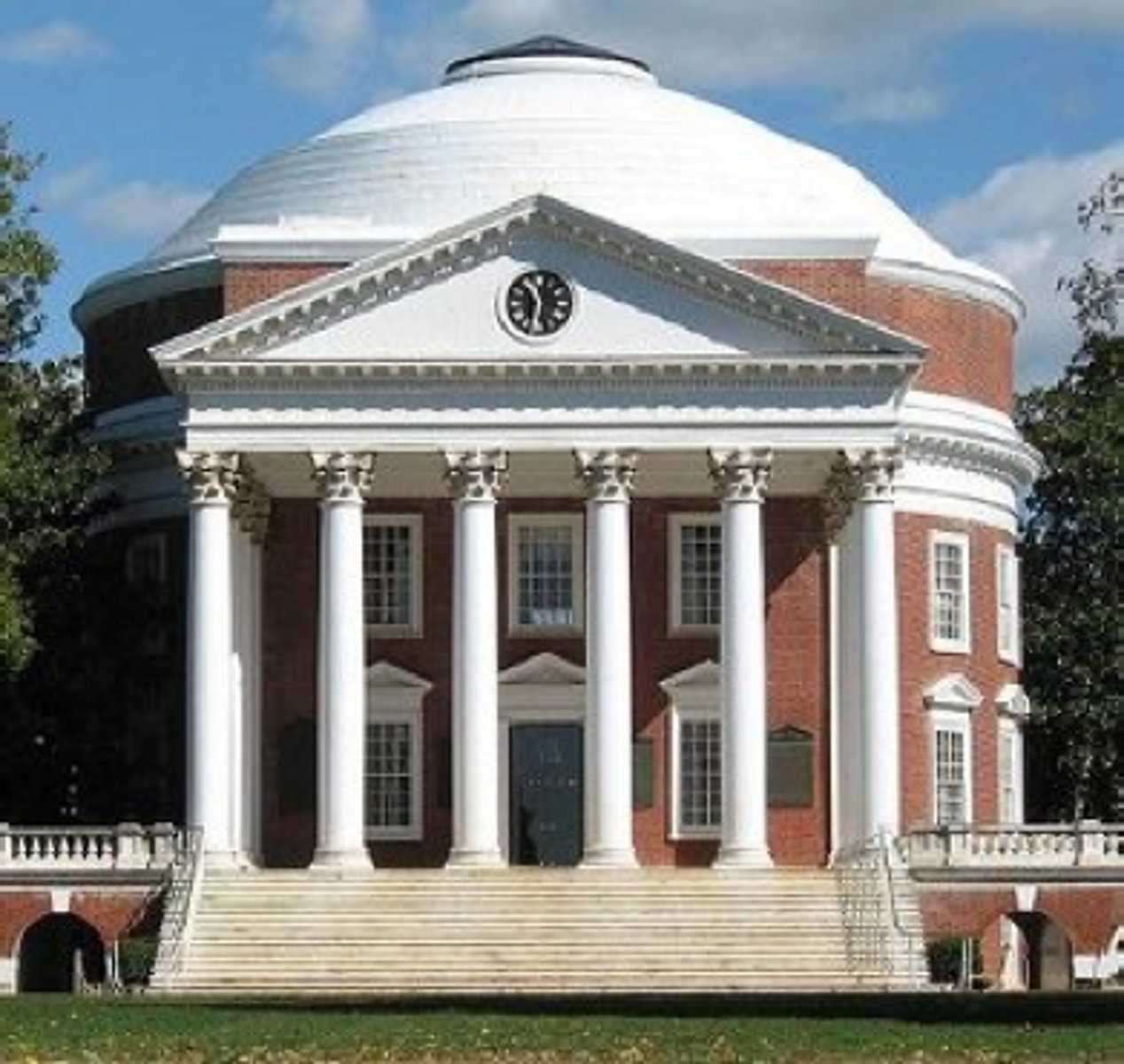
University of Virginia, plan
1818
Charlottesville, VA
Thomas Jefferson
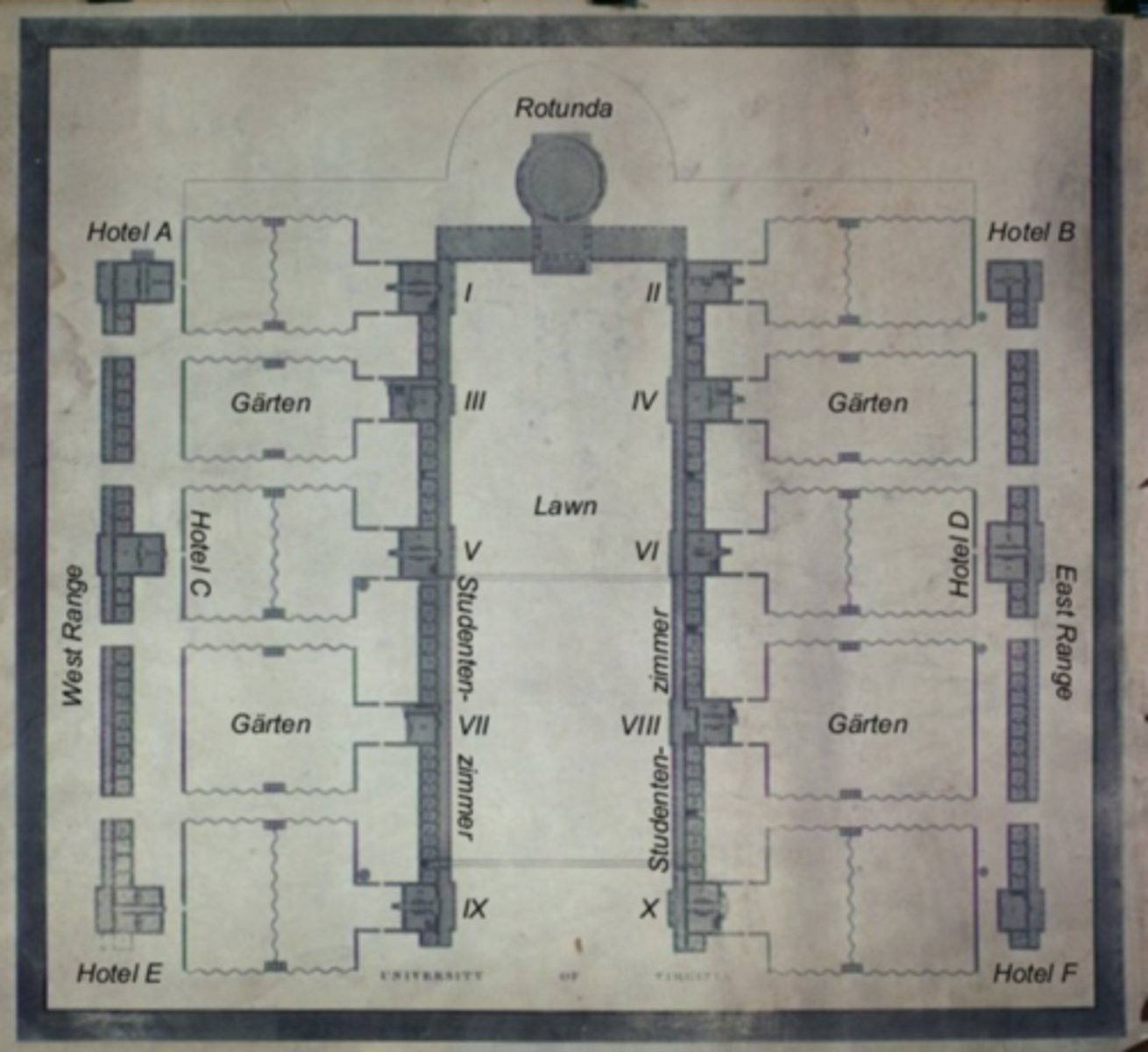
U.S. Capitol
Washington, DC
1792
William Thornton
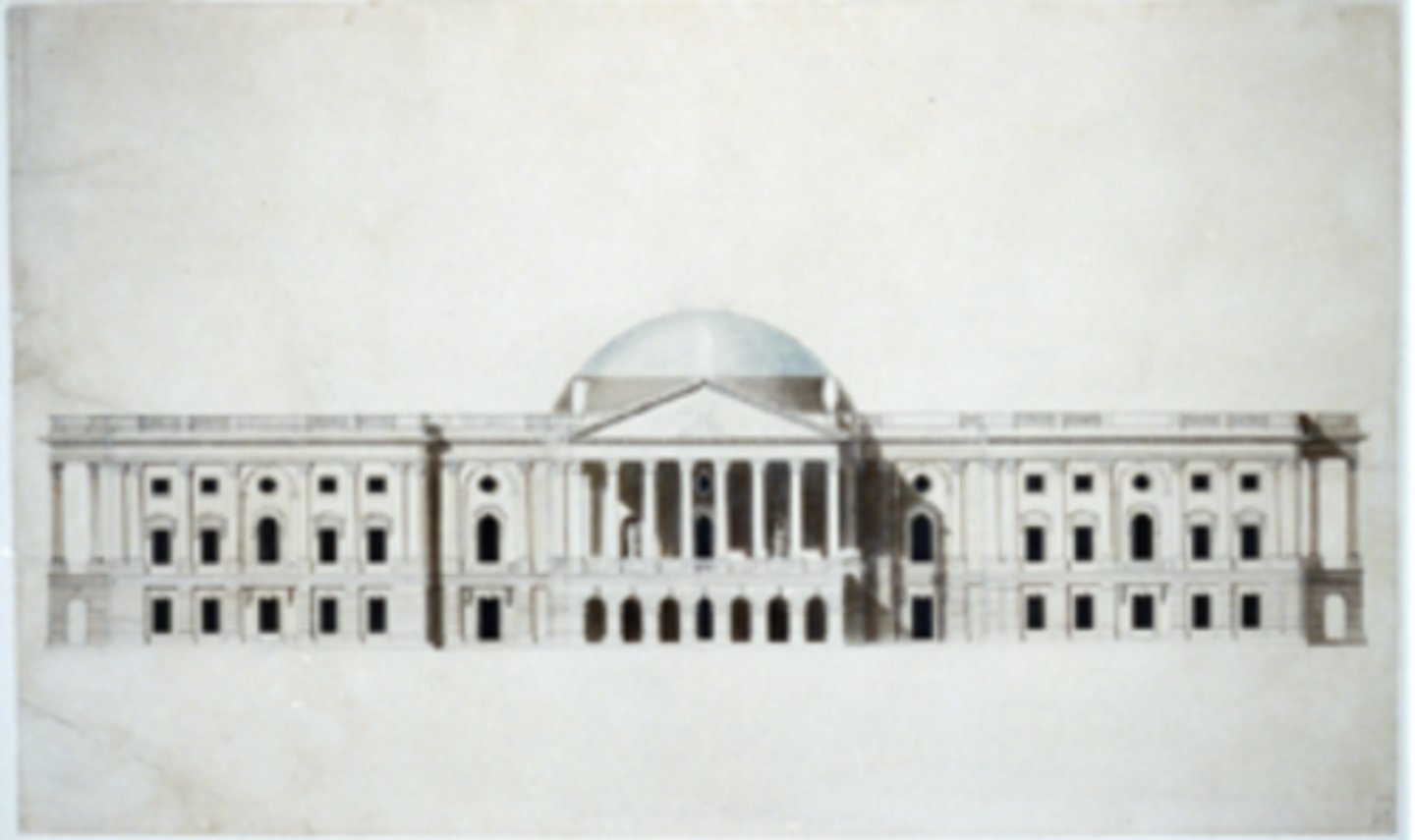
Baltimore Cathedral
Baltimore
1806
Benjamin Latrobe
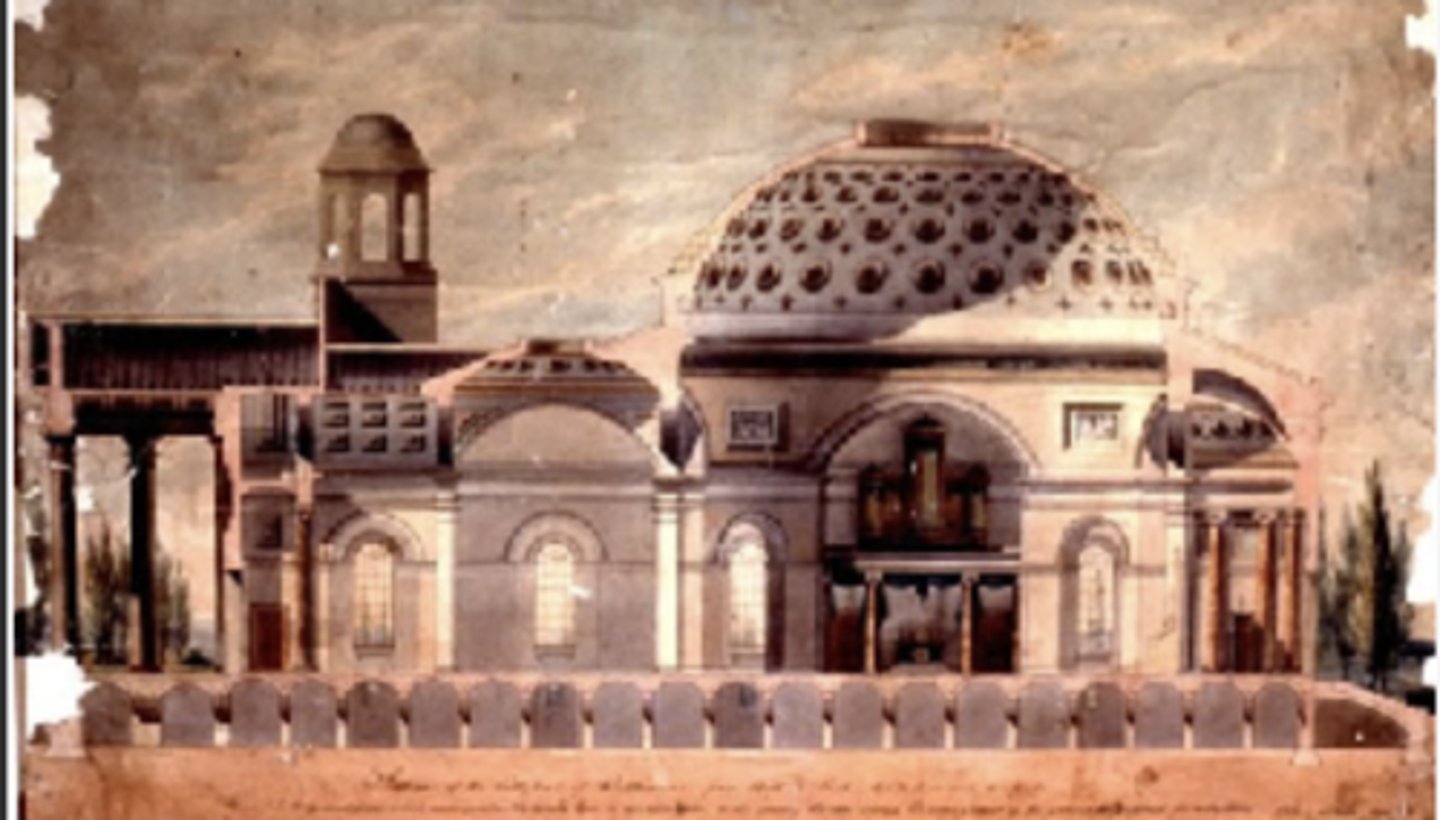
First Bank of Pennsylvania
Philadephia
1798
Benjamin Latrobe
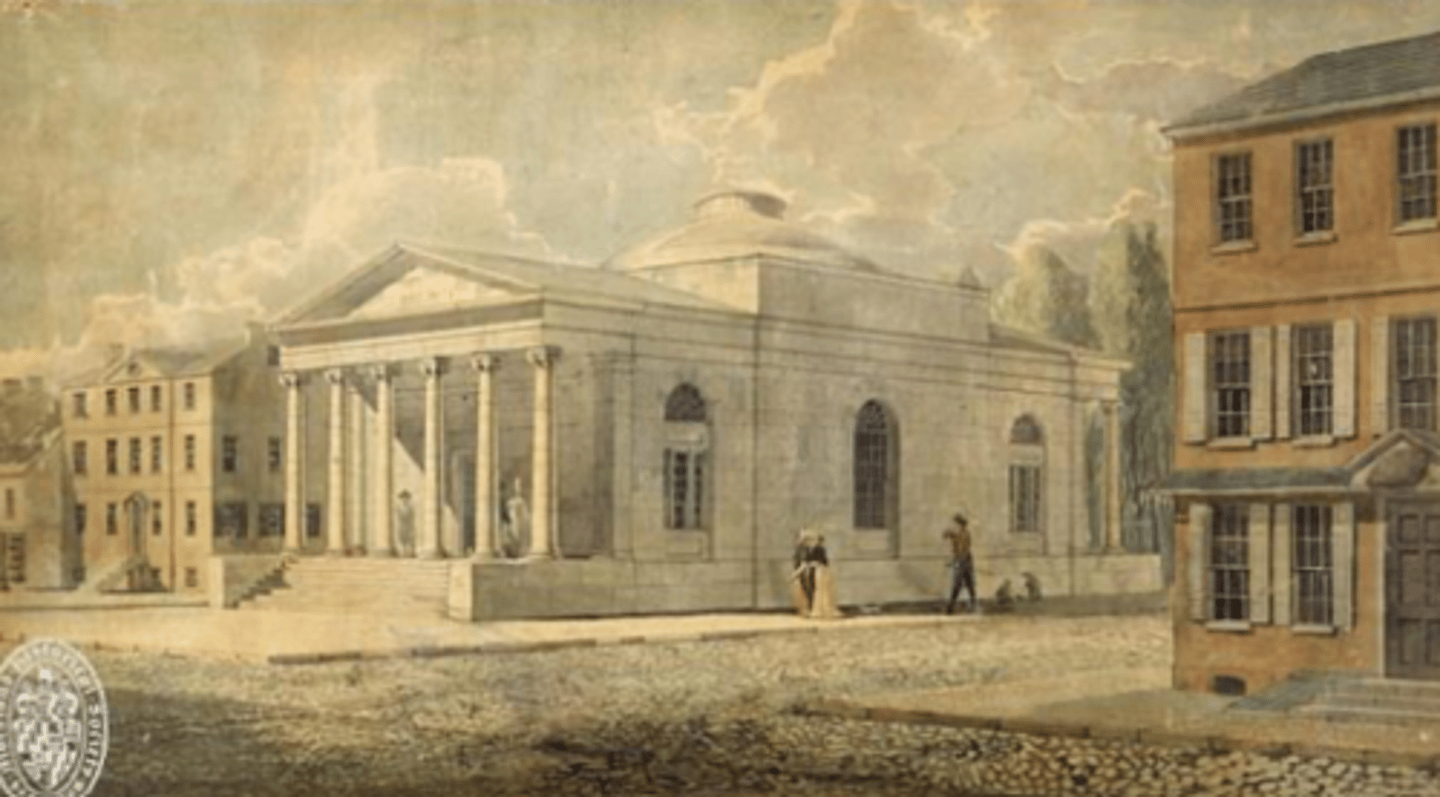
Second Bank of the United States
Philadephia
1819
William Strickland
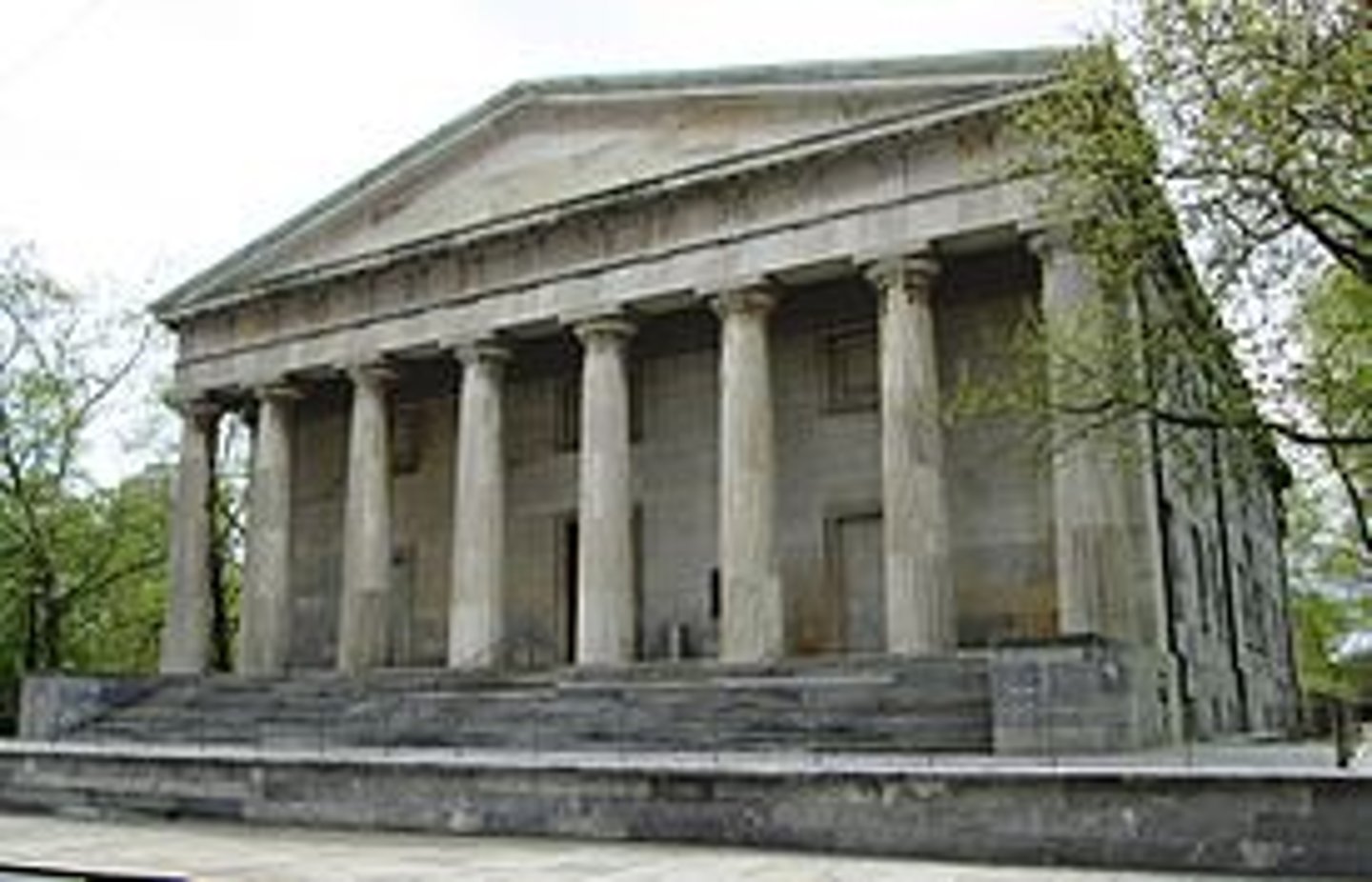
Tennessee State Capital
Nashville
1845
William Strickland
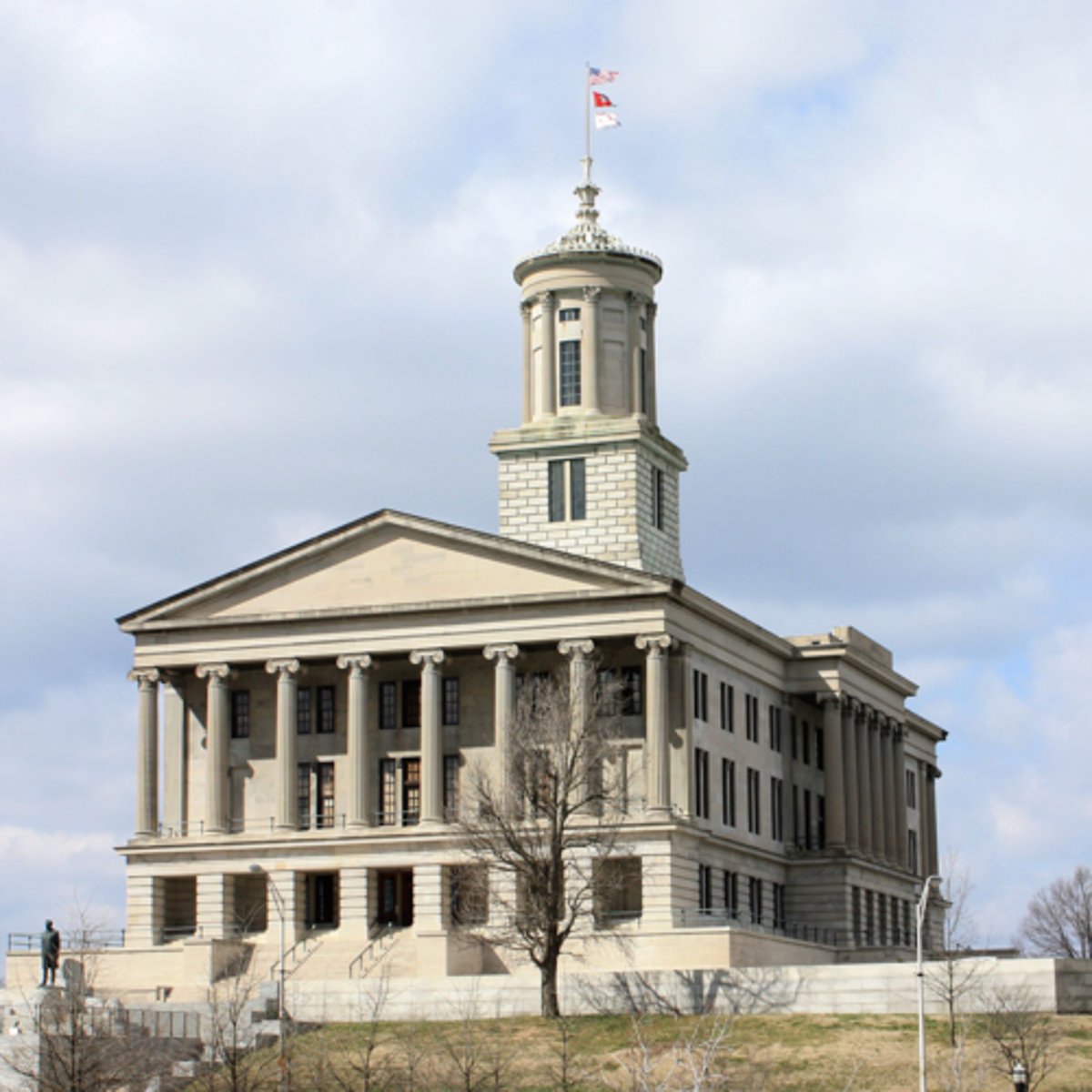
Altes Museum
Berlin
1825
Karl Friedrich Schinkel
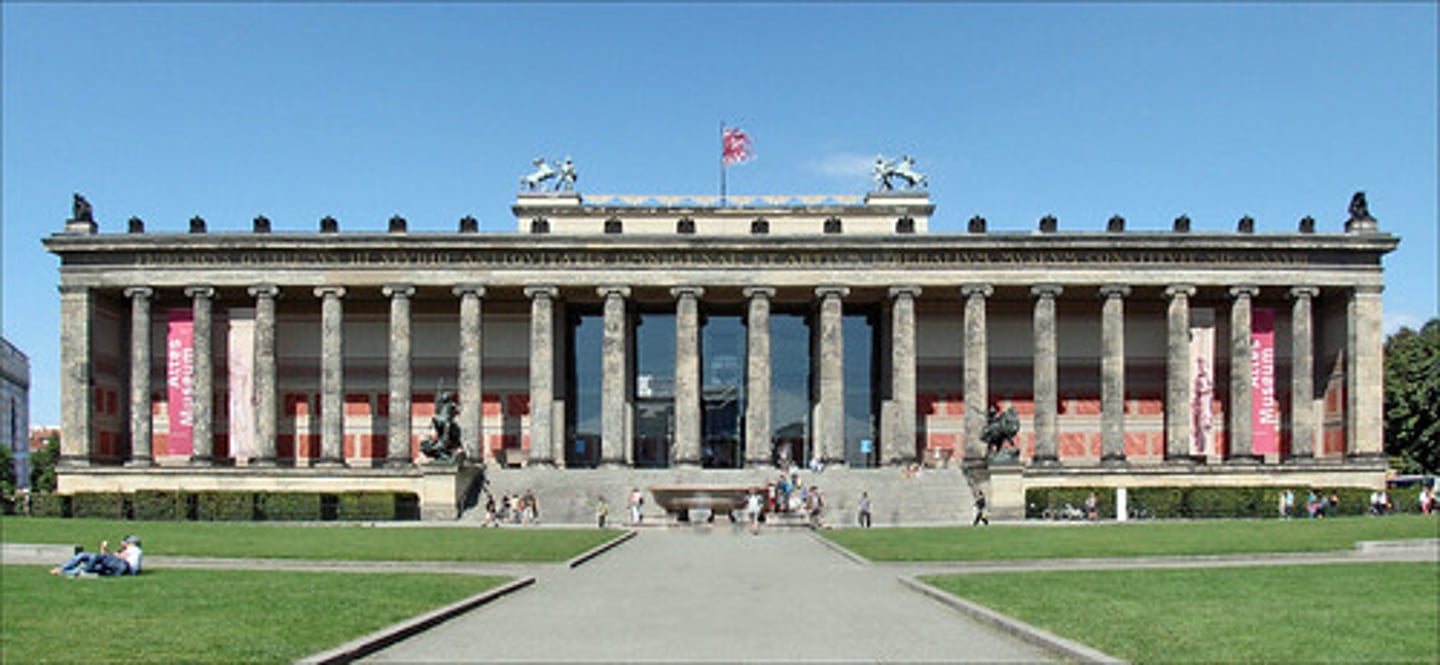
St. Giles
1845
Cheadle, England
Augustus Pugin
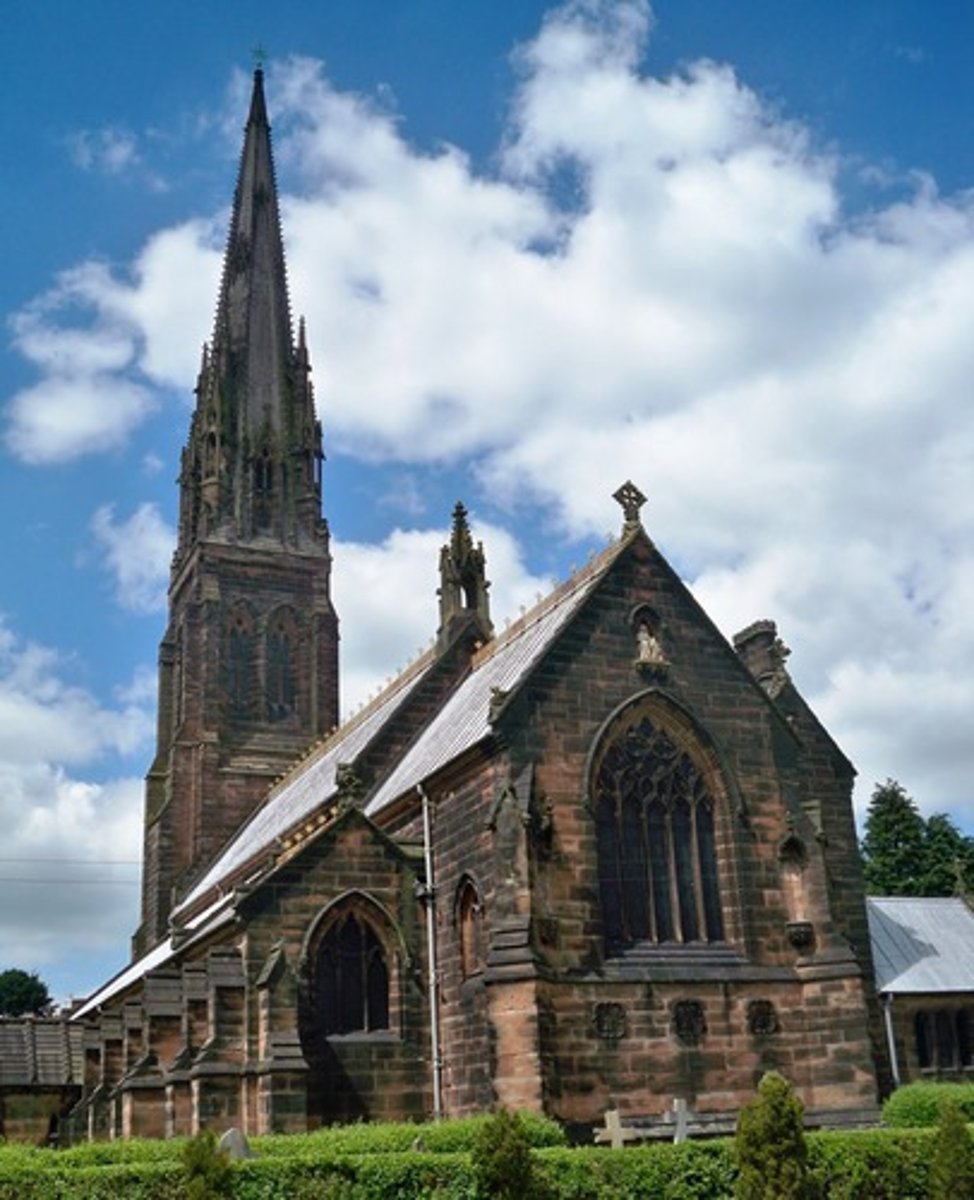
Houses of Parliament
1840
London, England
Charles Barry
Interiors by Pugin
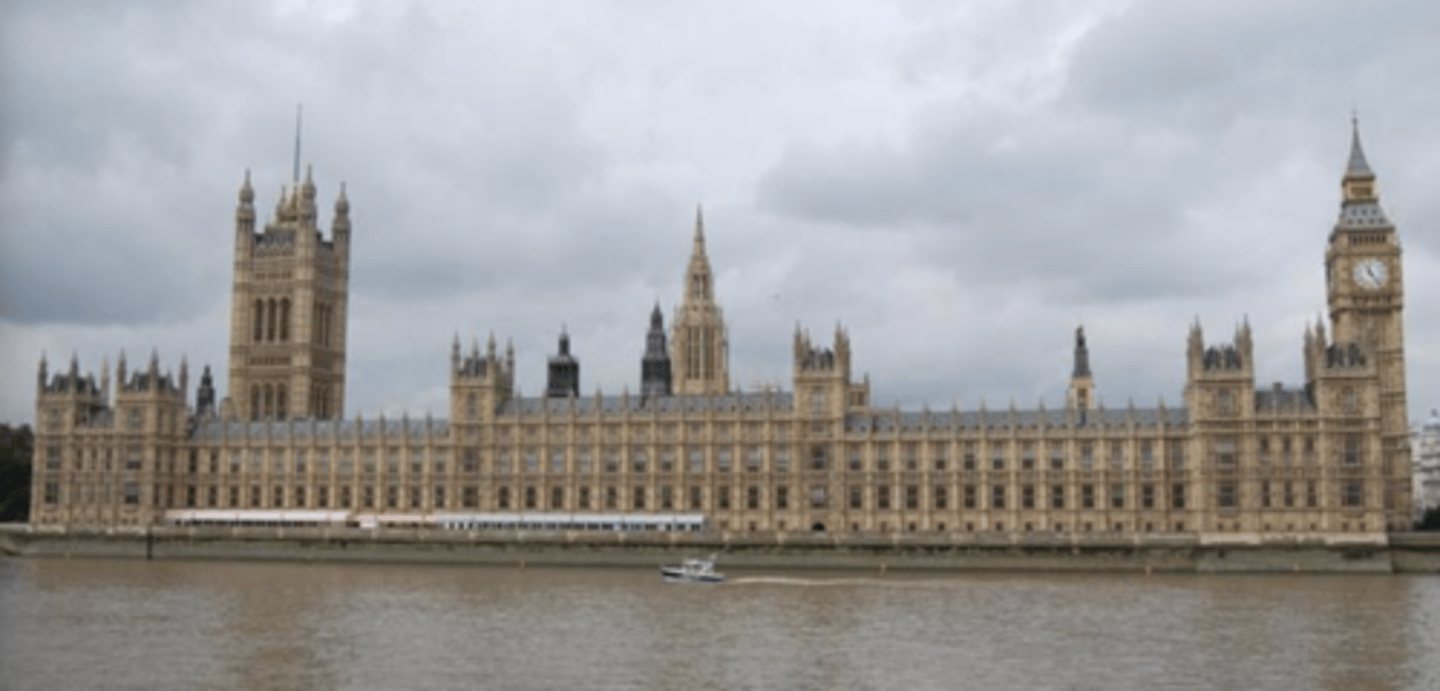
1. Asymmetric composition
2. Winding paths
3. Reciprocal vistas
4. Water features
5. Techniques for incorporating 'real' landscapes beyond the garden's actual limits, thus blurring the distinctions between the composed and the natural, between art and nature.
Major Landscape Architects are:
1. Capability Brown
2. William Kent
3. John Repton
What are the characteristics of the Picturesque Garden?
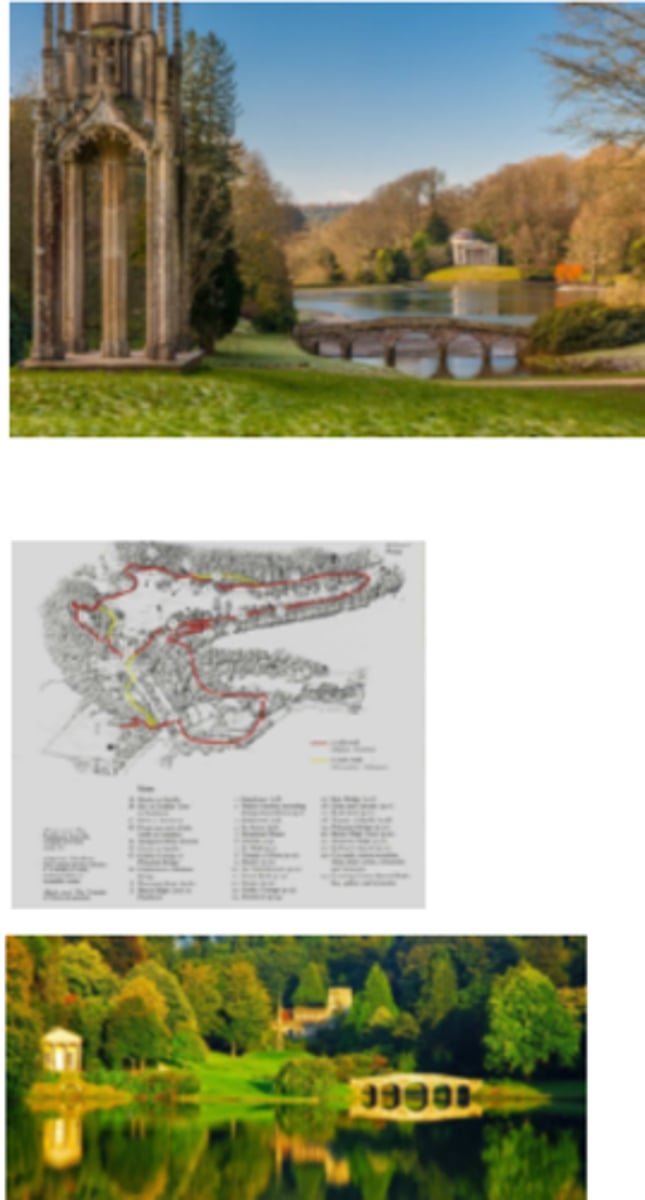
• Increased trade in the Atlantic world disrupted society. Look at the Map of the Atlantic Trade. The map represents also the dislocation that people of like social status felt. Traveling these routes, people looked for other people of like social/economic class.
• With so many people on the move, it was difficult to identify people of your social class.
• Neo-Palladianism became a visual language, one of the ways that people of the upper classes could identify one another.
• Neo-Palladianism spread throughout the Atlantic with the help of pattern books.
Explain the role of pattern books in the spread of Neo-Palladianism and how it was a visual language throughout the Atlantic World.

• Maison Carrée precedent.
• Jefferson was America's diplomat to France and he visited the Maison Carrée
• Jefferson associated the classical tradition with the Roman Republic and its
democratic/republican form of government.
• Jefferson thus thought that the classical style was the most appropriate for the new American republic, and the classical became the dominant style for government buildings.
Explain Thomas Jefferson's Virginia State Capitol, its precedent and the reason Jefferson advocated the classical style for the new Republic.

Precedents: Palladian Villa; Chateau Marly; Pantheon in Rome
•The Rotunda, the hierarchical element was the Library; Temple to Knowledge:
•UVA is a public school for a new republic that had separation of church and state.
•Jefferson deliberately placed the Library at the head of the Lawn, rather than a chapel, because UVA is a state school and the Constitution provided for separation between Church and State.
•The Rotunda is the "Temple of Knowledge" because it symbolically shows Enlightenment Rationalism trumps religious superstition.
•Democracy can only survive if the people are educated so that they can think critically about the issues confronting their communities and the nation.
Explain the Jefferson's design for UVA and the Rotunda, includes.

•Formal analysis: U-shaped, 5-part with central pavilions, flanked by barchesse (wings), and end pavilions.
•Monticello is a villa, center of a farm, just like Palladio's villas.
•BUT, its barchesse (wings) house slave services. The major difference between a Palladian villa and Monticello is the economic system of slavery.
•Jefferson tried to make his slaves as invisible as possible - to hide them from sight as they served him and guests.
Jeffersons adaptation of Palladio's villa type to a slave economy Included:...
